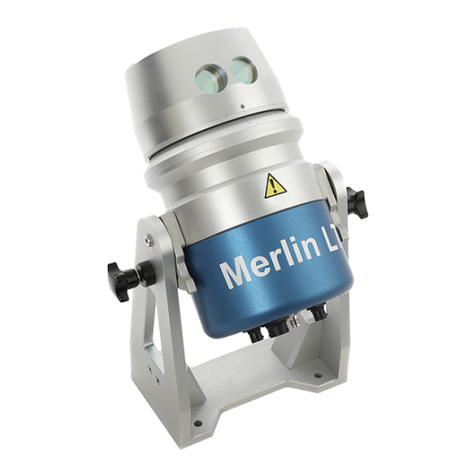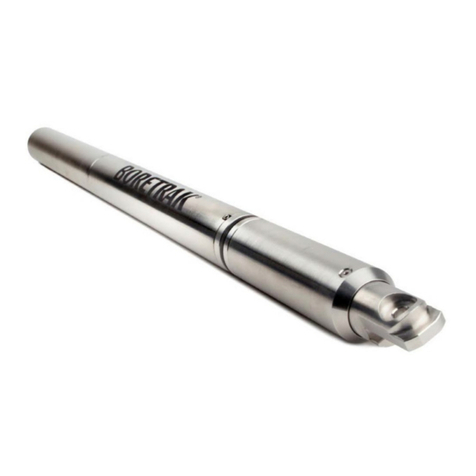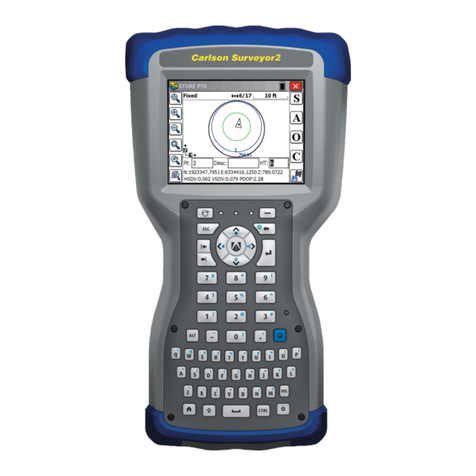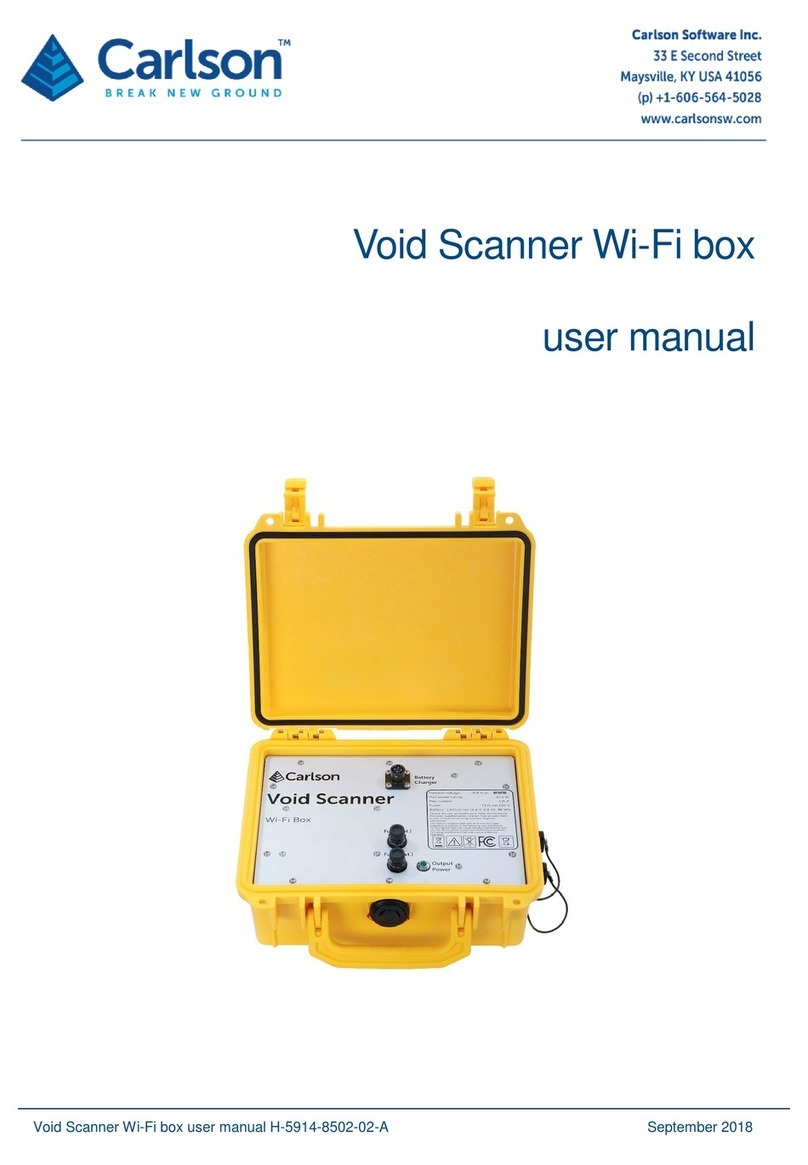
The Align function is located under the Options button from the main menu.
HydroStar reads a LAT/LONG position from the GPS1 receiver which is converted to
a state plane or UTM x,y,z coordinate. Using local coordinate points and their corre-
sponding GPS position,Align Local Coordinates applies a transformation to convert
the state plane coordinate to the local. HydroStar can operate in three different modes
depending on the Align Local Coordinate settings:
- No alignment
- One point alignment
- Two or more point alignment
Without Align Local Coordinates set, HydroStar will operate with no alignment and
use the state plane coordinates directly. In order for the coordinates to be the true state
plane coordinates in this alignment mode, the GPS base receiver must be set up over a
known point and the true Lat/Long for the point must be entered in the base as the base
position. Otherwise, if the base is set over an arbitrary point, then the coordinates will
not be true state plane.
In one point alignment mode, one pair of GPS and local coordinates is specified inAlign Local Coordinates. The
differences between the GPS and local northing, easting and elevation for these points are used as the translation
distances in the transformation. The rotation will use either the state plane grid or the geodetic as north. The
rotation type is specified in the Options command. No scale is applied in this transformation.
One point alignment is useful for data collection on a new site. In this case you can set the GPS base receiver up
anywhere convenient. Then position the rover (GPS 1) over the first point and runAlign Local Coordinates.Add
this one alignment point by reading the GPS point and entering a local coordinate like 5000,5000,100. Now the
local coordinate system is set around this first point at 5000,5000,100.
Two or more point alignment is used to align to an existing local coordinate system. At least two pairs of local
and GPS coordinates must be entered. Two pairs of points is sufficient to define the translation, rotation and
scale for the transformation. If more than two points are entered, the program will find a least squares best fit
transformation.
For entering the local coordinate, you can either enter the northing, easting and elevation or specify a point
number which refers to the coordinate file entered under General Options. To enter the GPS position that matches
this local coordinate, you can either set up the rover over the local point and read the GPS receiver or enter the
GPS LAT/LONG for that point. In order to use the LAT/LONG, you must set up the base over a known point and
enter the correct LAT/LONG at the base. Reading the position from the GPS receiver does not have this restric-
tion which allows you to set up the base at any point.
Since known alignment points are hard to come by on the water, we suggest you take HydroStar and GPS 1 to
land and set up over fixed points to do the alignment. The alignment only needs to be done once as long as the
base doesn’t change its position or output.
Align
































